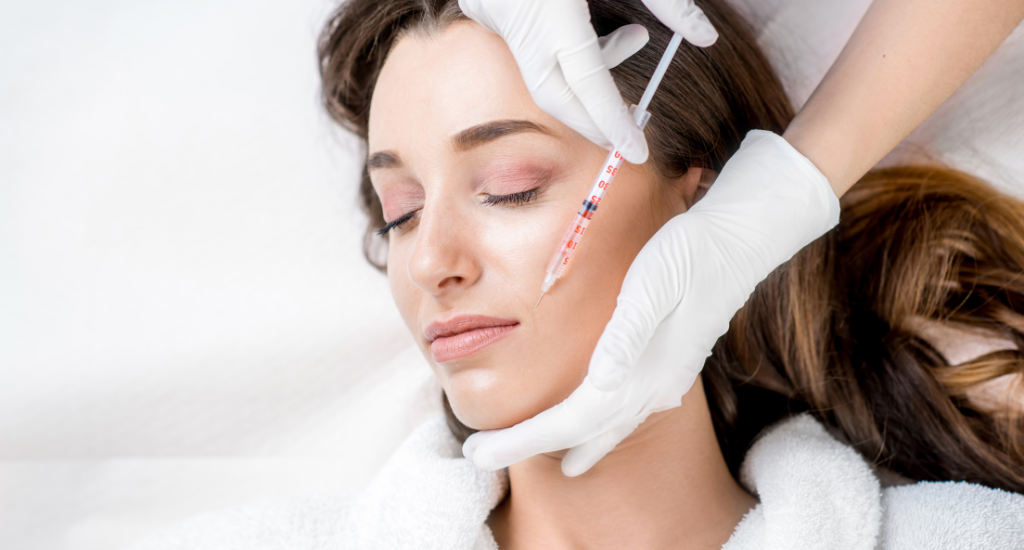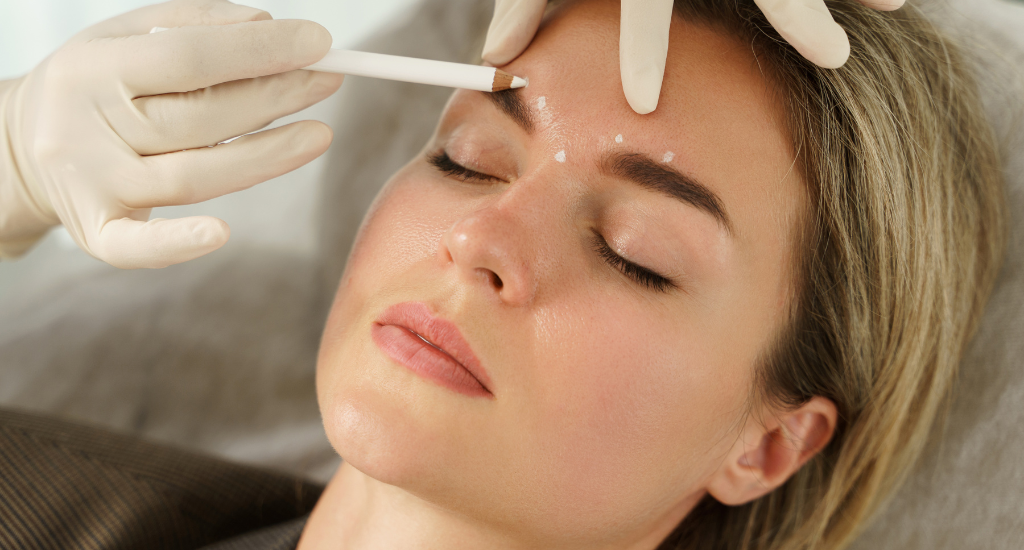Cosmetic procedures have become increasingly popular as people strive to enhance their appearance and regain youthful features. Among the many options available, Botox and fillers have gained significant attention.
Understanding the differences between these two treatments is crucial to make an informed decision about which one is best suited for your needs.
In this article, we will delve into the specifics of Botox and fillers, their purposes, effects, and help you navigate the world of aesthetic enhancements.
Understanding Botox

Botox, short for Botulinum Toxin, is a neurotoxic protein derived from the bacterium Clostridium botulinum. It is used in cosmetic treatments to temporarily paralyze or weaken muscles, reducing the appearance of wrinkles and fine lines.
Botox injections are commonly administered to targeted areas such as the forehead, frown lines between the eyebrows, and crow’s feet around the eyes. The results of Botox treatments typically last three to six months, after which further injections may be required to maintain the desired effects.
Understanding Fillers

Fillers, also known as dermal fillers or soft tissue fillers, are substances injected beneath the skin to add volume, smooth out wrinkles, and restore youthful contours.
They are composed of various materials, including hyaluronic acid, calcium hydroxylapatite, and poly-L-lactic acid, among others.
Fillers are commonly used to plump lips, fill in nasolabial folds (smile lines), enhance cheekbones, and restore lost volume in the face. Depending on the type of filler used, the effects can last from six months to two years or more.
The Difference Between Botox and Fillers
While both Botox and fillers are used for cosmetic enhancements, their purposes and effects differ. Botox primarily targets dynamic wrinkles caused by repetitive muscle movements, such as frown lines and crow’s feet. It temporarily relaxes the underlying muscles, preventing them from contracting and smoothing out the skin’s appearance. Fillers, on the other hand, are designed to restore volume and fill in wrinkles or hollow areas caused by the natural aging process. They can plump lips, enhance facial contours, and provide a more youthful appearance.
The injection techniques and substances used in Botox and fillers also differ. Botox is injected directly into the muscles, while fillers are injected beneath the skin, targeting specific areas that require volume restoration. Botox results typically become noticeable within a few days and reach their peak within one to two weeks. Fillers, on the other hand, provide immediate results that continue to improve over time as the filler material integrates with the surrounding tissues.
Another crucial distinction between Botox and fillers is the duration and frequency of treatments. Botox treatments typically last three to six months, after which muscle activity gradually returns, necessitating further injections. Fillers, depending on the type used, can last anywhere from six months to two years or more. The longevity of fillers makes them a preferred choice for individuals seeking longer-lasting results.
Choosing Between Botox and Fillers
Selecting between Botox and fillers depends on various factors, including your specific concerns, desired outcomes, and the recommendation of a qualified professional. Consulting with a skilled practitioner experienced in cosmetic procedures is essential.
They will assess your individual needs, discuss your goals, and recommend the most appropriate treatment option. Botox is ideal for reducing the appearance of dynamic wrinkles, while fillers are better suited for adding volume and addressing static wrinkles.
It’s important to consider your personal goals and expectations when choosing between Botox and fillers. If you are primarily concerned with smoothing out dynamic wrinkles or preventing their formation, Botox may be the right choice.
On the other hand, if you are seeking volume restoration, plumper lips, or enhanced facial contours, fillers may be the better option. Sometimes, a combination approach of Botox and fillers can yield optimal results, with each treatment addressing different aspects of facial rejuvenation.
Safety and Precautions
Regardless of the procedure chosen, it is crucial to prioritize safety when undergoing cosmetic treatments. Selecting a reputable and qualified practitioner is of utmost importance.
Ensure they have the necessary certifications, experience, and a solid reputation in performing Botox and filler injections. They will conduct a thorough consultation, discuss potential risks and complications, and provide post-treatment care instructions.
The Bottom Line – Always Make an Informed Decision
In the world of aesthetic enhancements, understanding the differences between Botox and fillers is essential for making an informed decision about the most suitable treatment for your specific goals.
Botox targets dynamic wrinkles and provides temporary muscle relaxation, while fillers restore volume and add contours to the face.
By consulting with a qualified professional and considering your desired outcomes, you can embark on a cosmetic journey that enhances your natural beauty and boosts your confidence.

